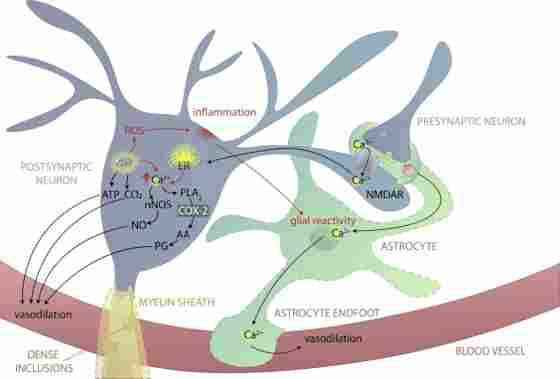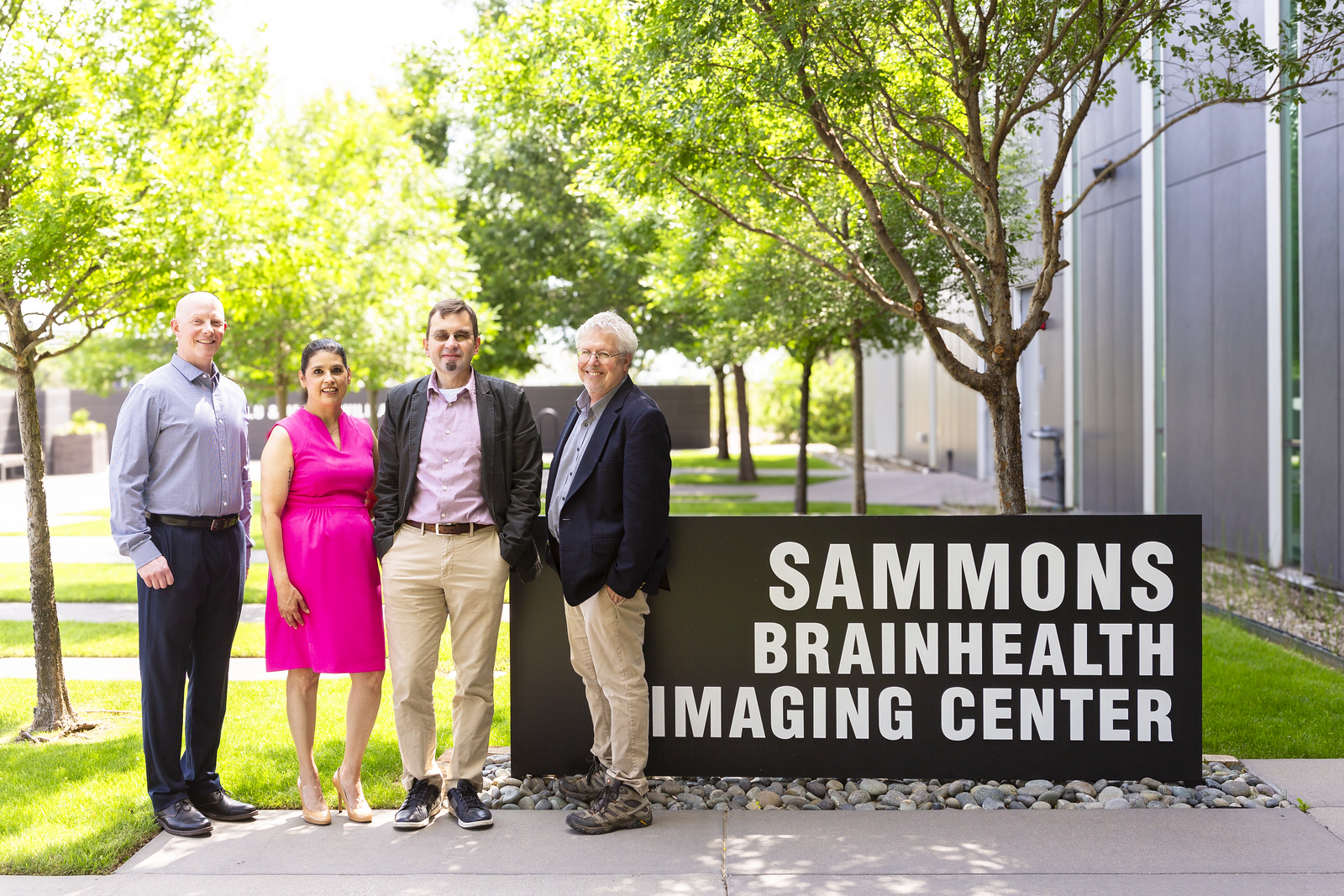Overview
Functional magnetic resonance imaging (fMRI) plays a decisive role in testing hypotheses regarding the brain basis of age-differences in cognition and related mechanisms of neural-vascular coupling that affect cerebral blood flow. Researchers in this study reviewed current literature and controversies regarding the mechanisms of neural-vascular coupling and age-related changes. They concluded that nearly every component in this complex process is affected by aging, leading to pervasive age-related cognitive changes, including those affecting blood-oxygen level dependent signal (BOLD). This investigation generated novel questions about the roles of cellular networks in this process. Findings confirm how age-related changes in neural-vascular coupling can help elucidate causes of cognitive decline in older adults and reveal limitations of current scientific models.
Figure. 7. Older neurons. In aging, Ca2+ regulation by intracellular stores (e.g., the ER and mitochondria) is disrupted, and intracellular Ca2+ is higher as a result. Neuronal mitochondria produce more ROS with less regulation, causing damaging inflammation, and triggering glial reactivity. Myelin sheaths are thicker, with more layers, smaller internodes, and dense inclusions between lamellae. Abbreviations: AA, arachidonic acid; ATP, adenosine triphosphate; Ca2+, calcium; CO2, carbon dioxide; COX-2, cyclooxygenase-2; ER, endoplasmic reticulum; NMDAR, N-methyl-D-aspartate receptor; nNOS, neuronal nitric oxide synthase; PG, prostaglandin; PLA2, phospholipase A2; ROS, reactive oxygen species.



